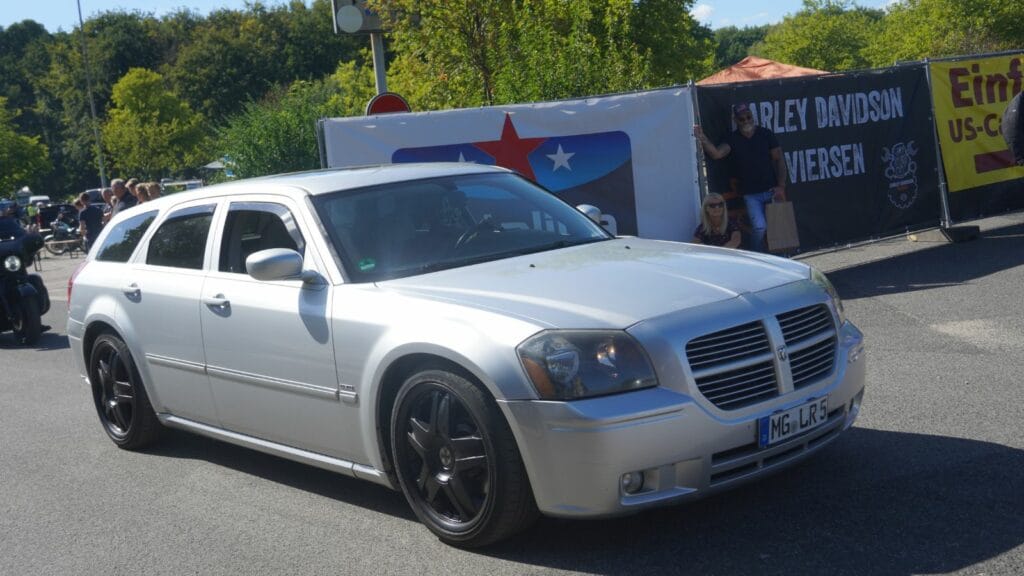Whether it was a dealership deal that felt too sweet to pass up, a stylish impulse buy, or just a case of terrible timing, Canadian drivers have their fair share of automotive regrets. From maintenance nightmares to wallet-draining gas guzzlers and vehicles that couldn’t handle snow, here are 23 vehicles that Canadians wish they could send back to the manufacturer.
Dodge Journey (2009–2020)
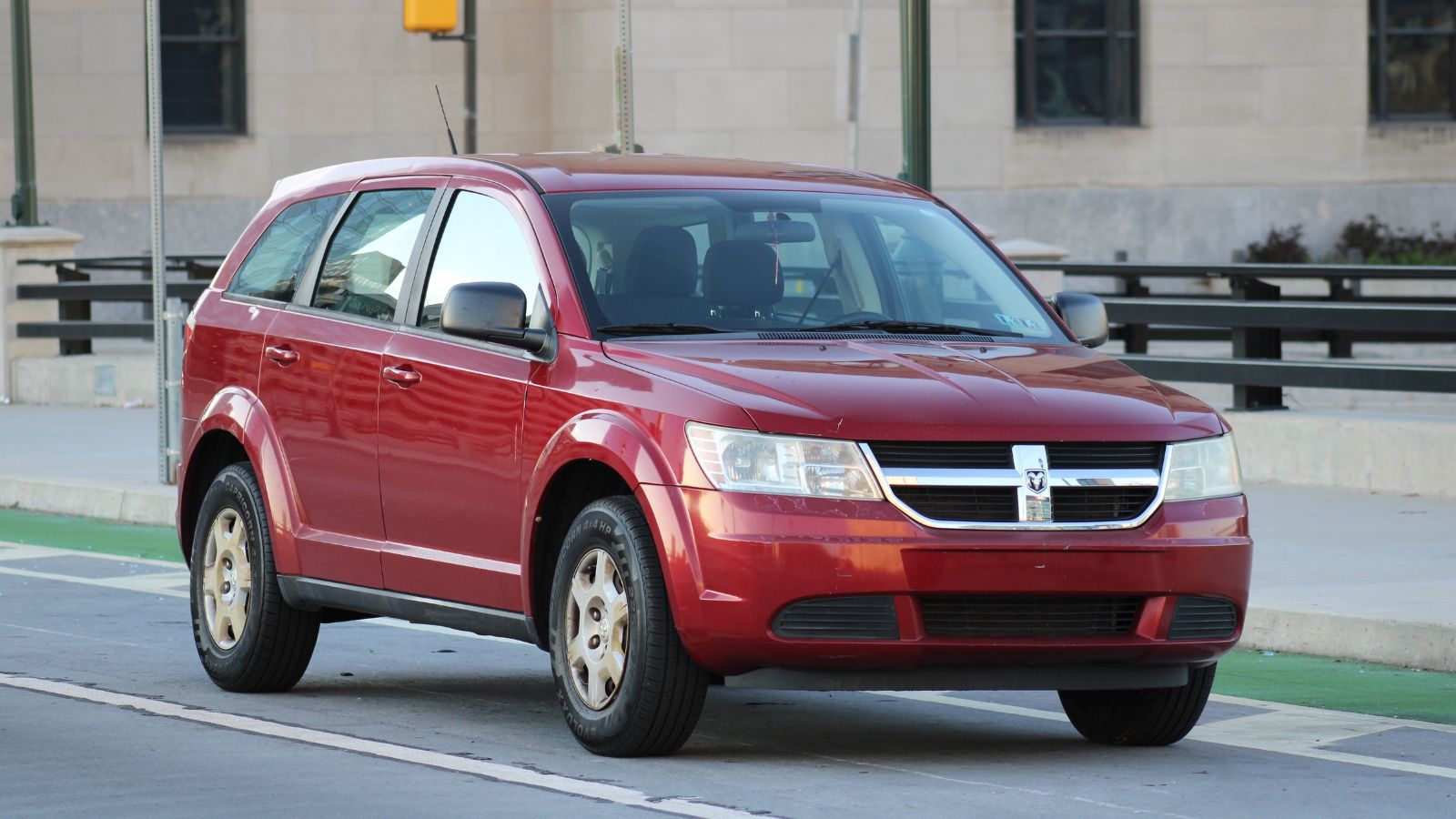
Once hailed as the budget-friendly family hauler, the Dodge Journey turned out to be more of a “journey to the mechanic” than a road trip hero. Canadians initially loved the price tag but soon grew to hate the outdated technology, underwhelming engine, and low resale value. According to Consumer Reports, reliability ratings were consistently abysmal. And winter driving? Let’s say the only thing it plowed through reliably was your patience. By its final model year in 2020, it was one of the oldest SUVs on sale, limping to the finish line with bargain pricing but few fans left.
Jeep Patriot (2007–2017)
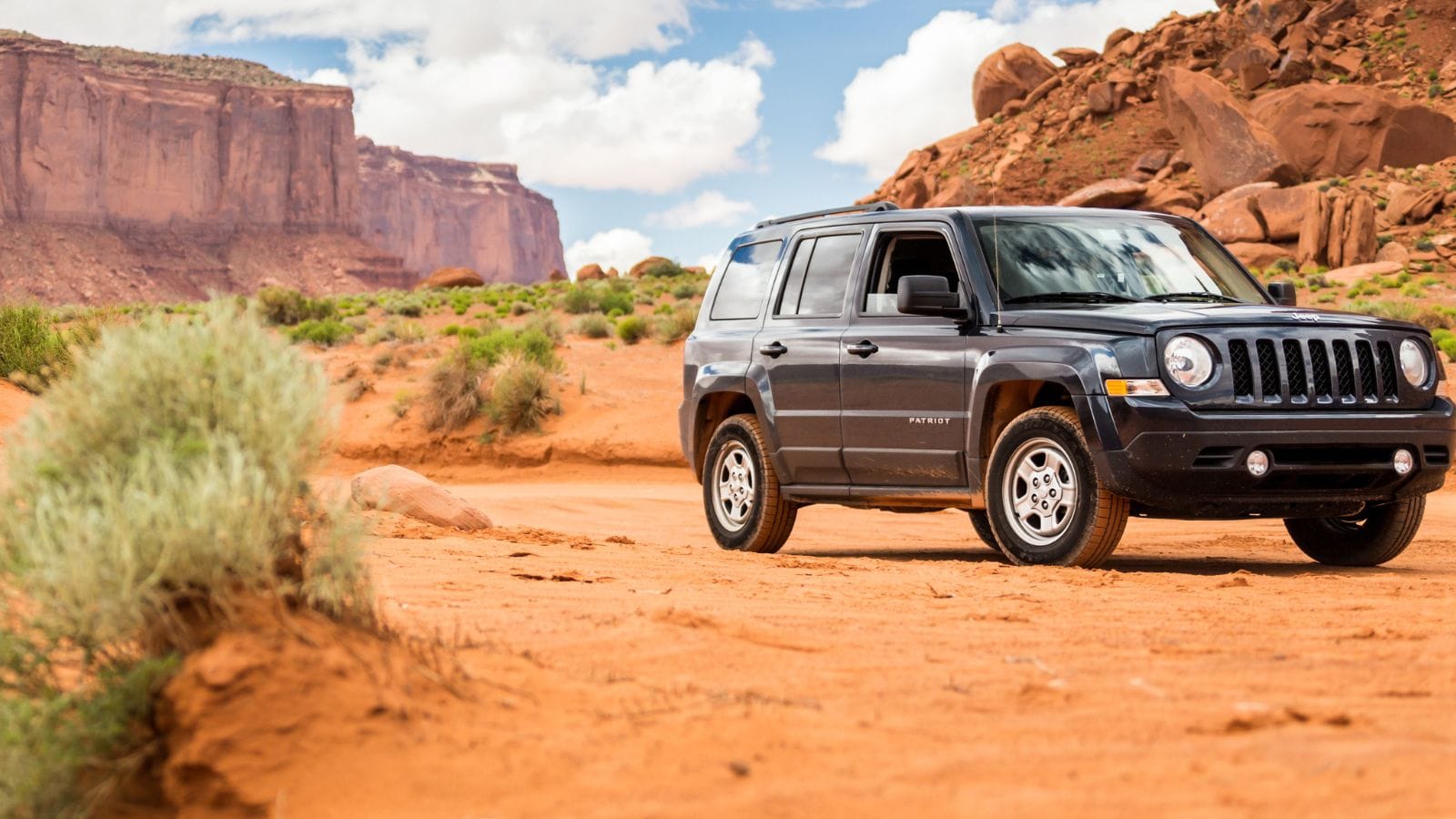
Despite its off-road aesthetic, the Jeep Patriot struggled to navigate city roads in a snowstorm. The CVT transmission was notoriously unreliable, resulting in jerky acceleration, whining noises, and premature failure. Interior quality was also depressingly plasticky, ride comfort was subpar, and the 2.0L and 2.4L engines were underpowered and thirsty for fuel despite modest specs. Additionally, reliability ratings from Consumer Reports were consistently poor, and the vehicle earned low resale values, particularly in Canada’s harsh climate, where issues with rust and electronics surfaced early.
Chevrolet Aveo (2004–2011)
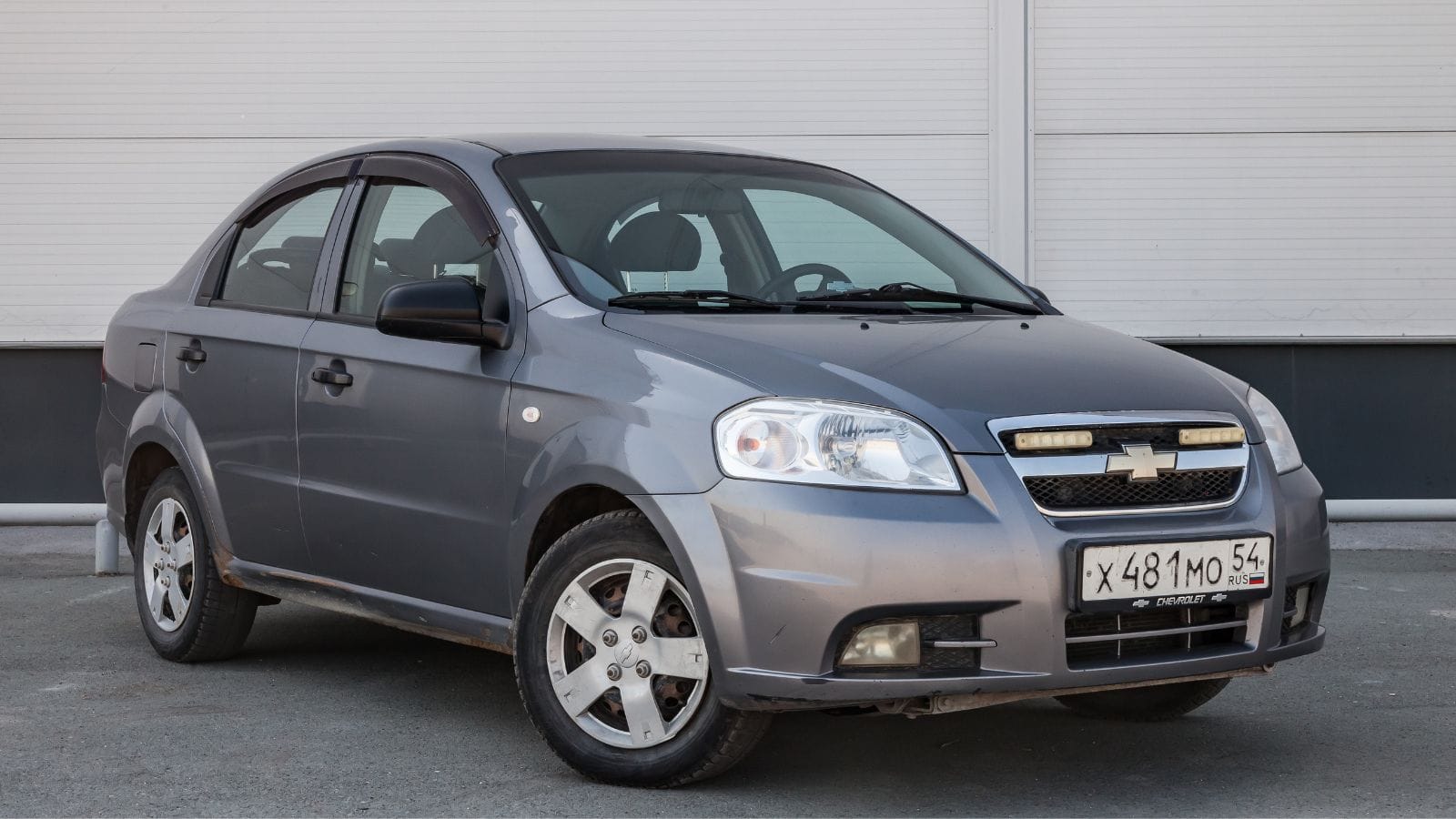
The Chevrolet Aveo was GM’s budget-friendly attempt to woo frugal buyers, but instead, it became a poster child for disappointment. Initially a rebadged Daewoo Kalos, the Aveo suffered from poor reliability, underwhelming safety ratings, and an interior that could make a public bus look luxurious. It boasted a feeble 1.6L engine that wheezed out 103 horsepower, and its 4-speed automatic transmission was about as modern as a rotary phone.
Fiat 500L (2014–2020)
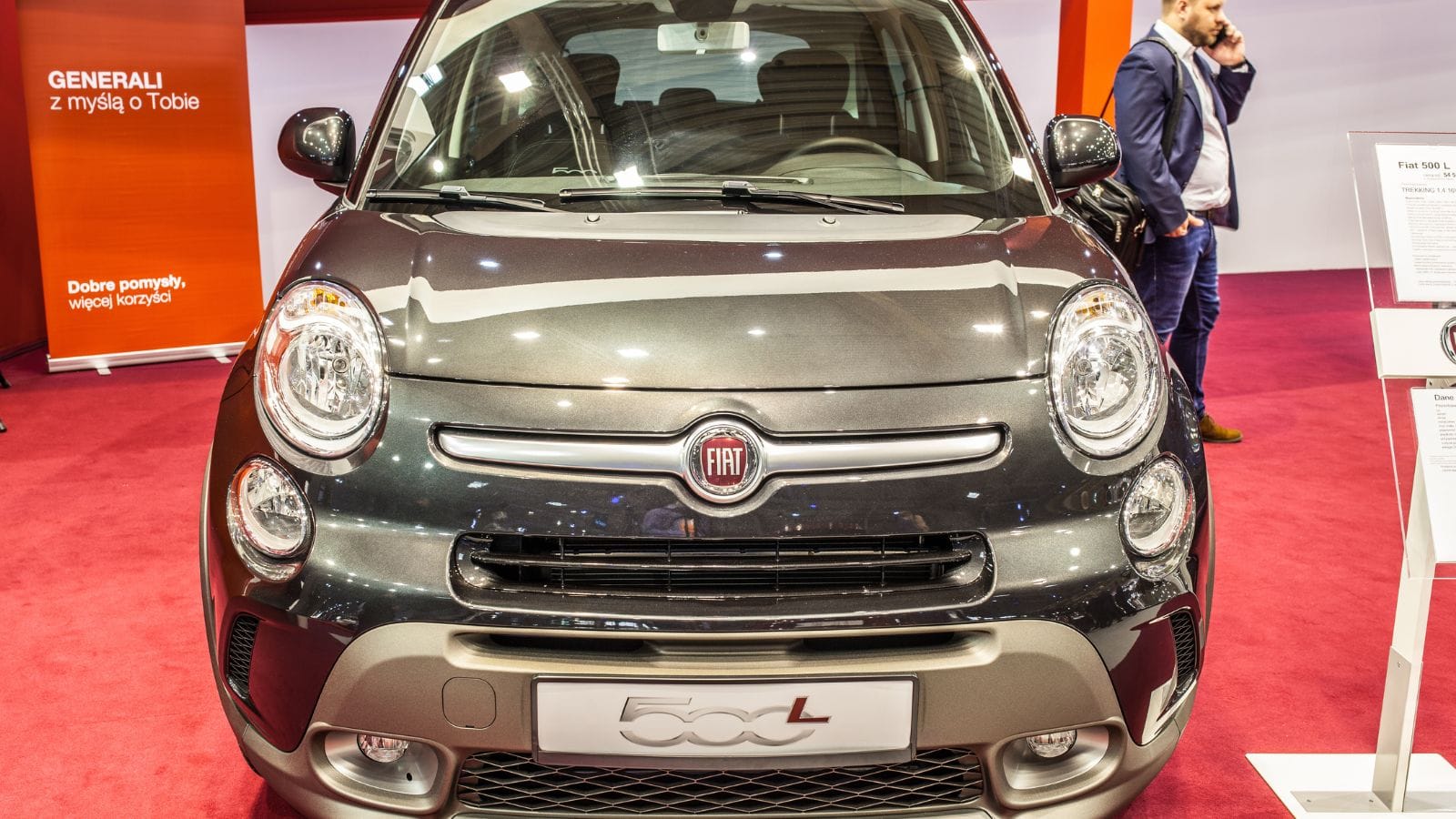
The 500L promised Italian flair and family functionality. It delivered electrical gremlins, a quirky dual-clutch transmission no one liked, and resale values that plummeted faster than a moose on roller skates. Consumer Reports consistently ranked it among the worst vehicles for reliability, citing issues with electrical systems, infotainment problems, and premature brake wear. Canadian drivers also lamented its underwhelming fuel economy (around 9.8 L/100 km combined) despite its compact footprint. To top it off, the resale value was abysmally low—often dropping faster than a dropped cannoli. Fiat’s service network in Canada didn’t help matters either, with parts delays and limited dealerships.
Mitsubishi Mirage (2014–present)
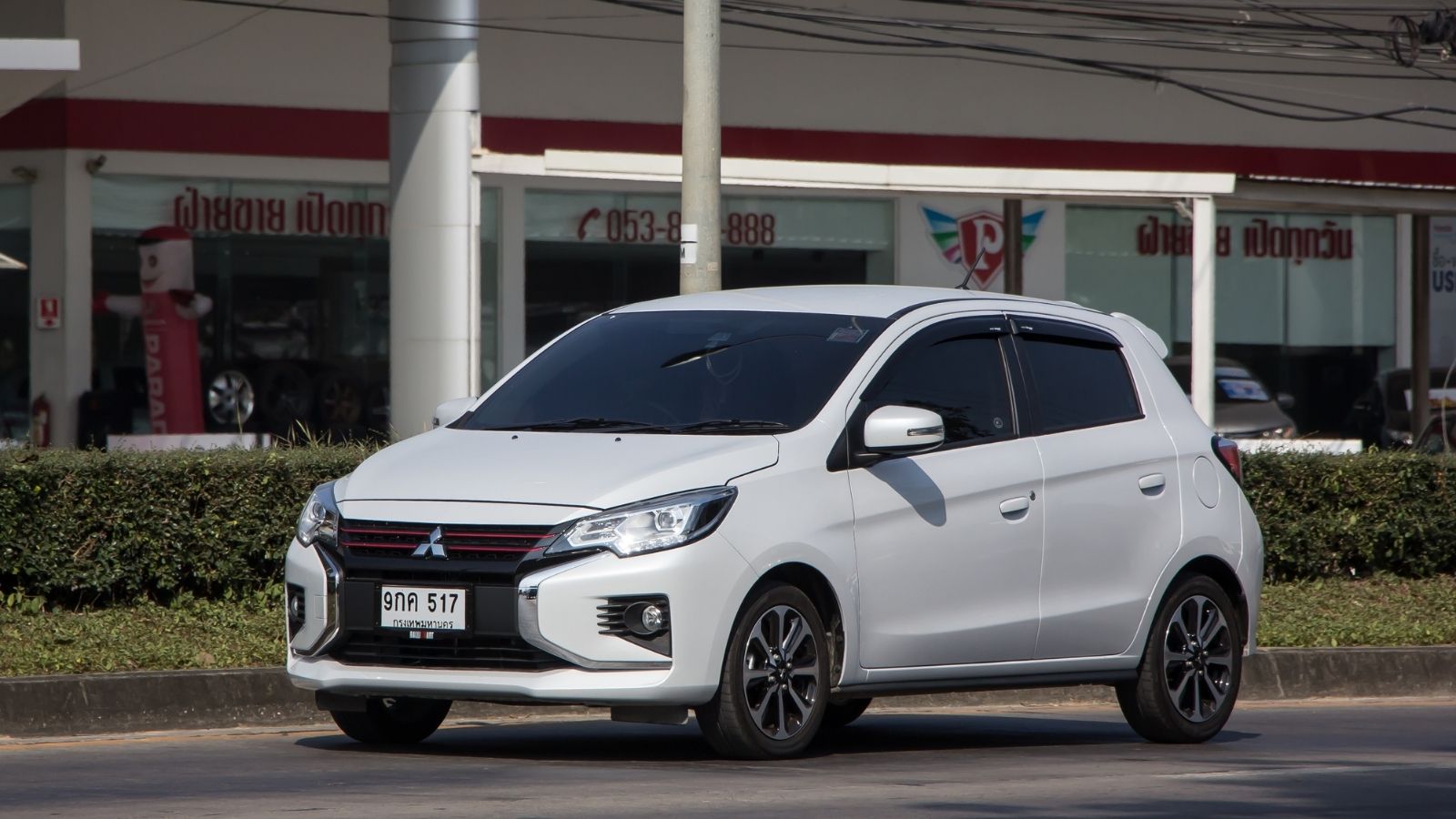
The Mitsubishi Mirage seemed like a thrifty dream for Canadians when it debuted in 2014—compact, affordable, and boasting a fuel efficiency rating of around 6.4 L/100 km in the city and 5.5 L/100 km on the highway. But reality hit harder than a pothole in February. The Mirage’s 3-cylinder engine wheezes out just 78 hp, making highway merging feel like a trust fall exercise. Interior quality? Think recycled picnic cooler. Critics and owners alike have lambasted its sluggish acceleration, excessive cabin noise, and one-star safety vibes, earning a mere 2/5 from Consumer Reports and poor crash ratings from IIHS.
Chrysler Sebring (2001–2010)
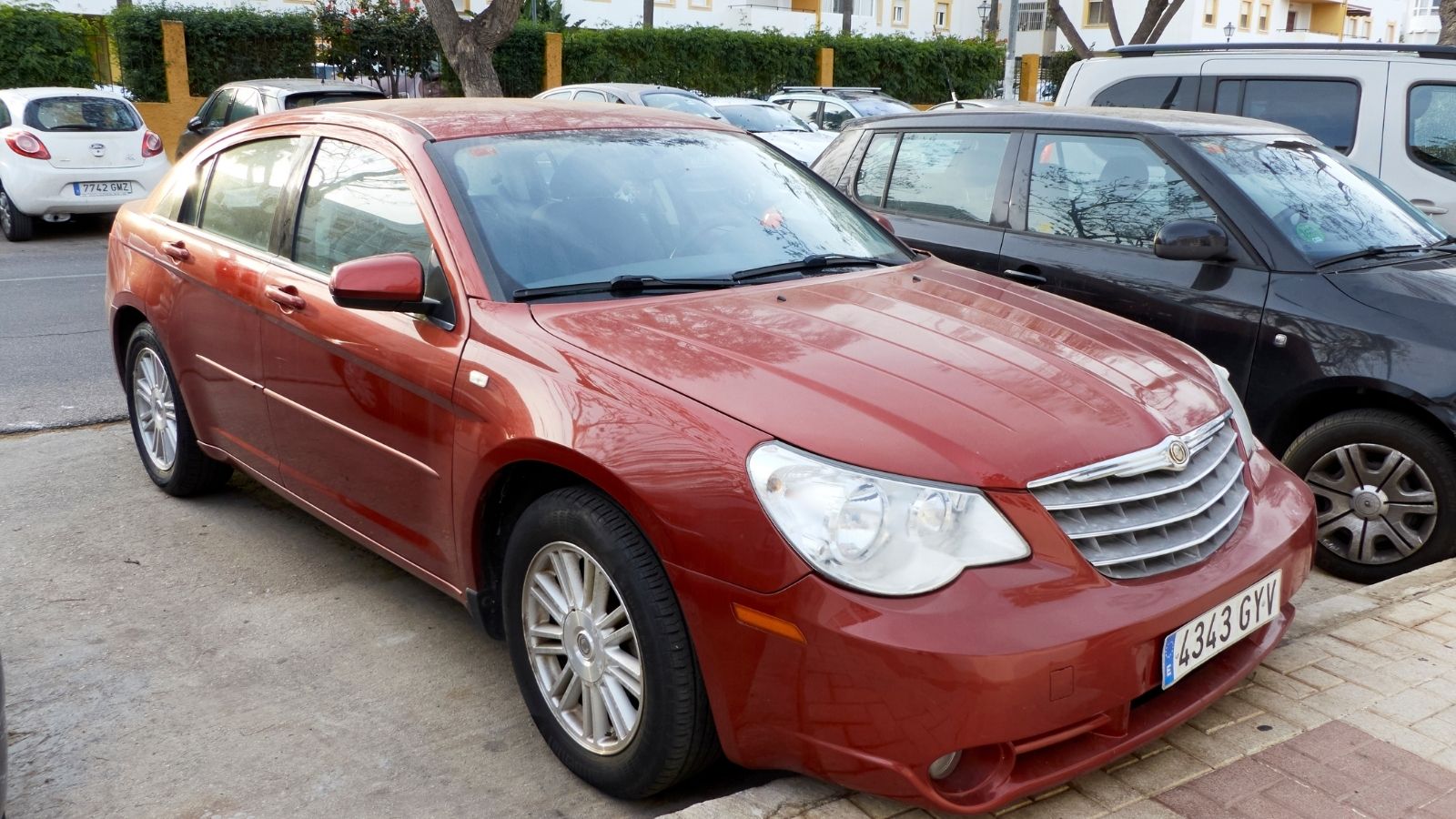
The Sebring looked sleek on the surface, especially the convertible version. Still, under the hood, it was plagued by weak 2.7L V6 engines notorious for sludge buildup and premature failure, often before hitting 150,000 km. Repair costs soared while resale values sank like a stone in Georgian Bay. Plus, transmission issues and electrical gremlins further tormented owners. Convertibles should be fun—this one was anything but.
Nissan Versa Sedan (2007–2019)
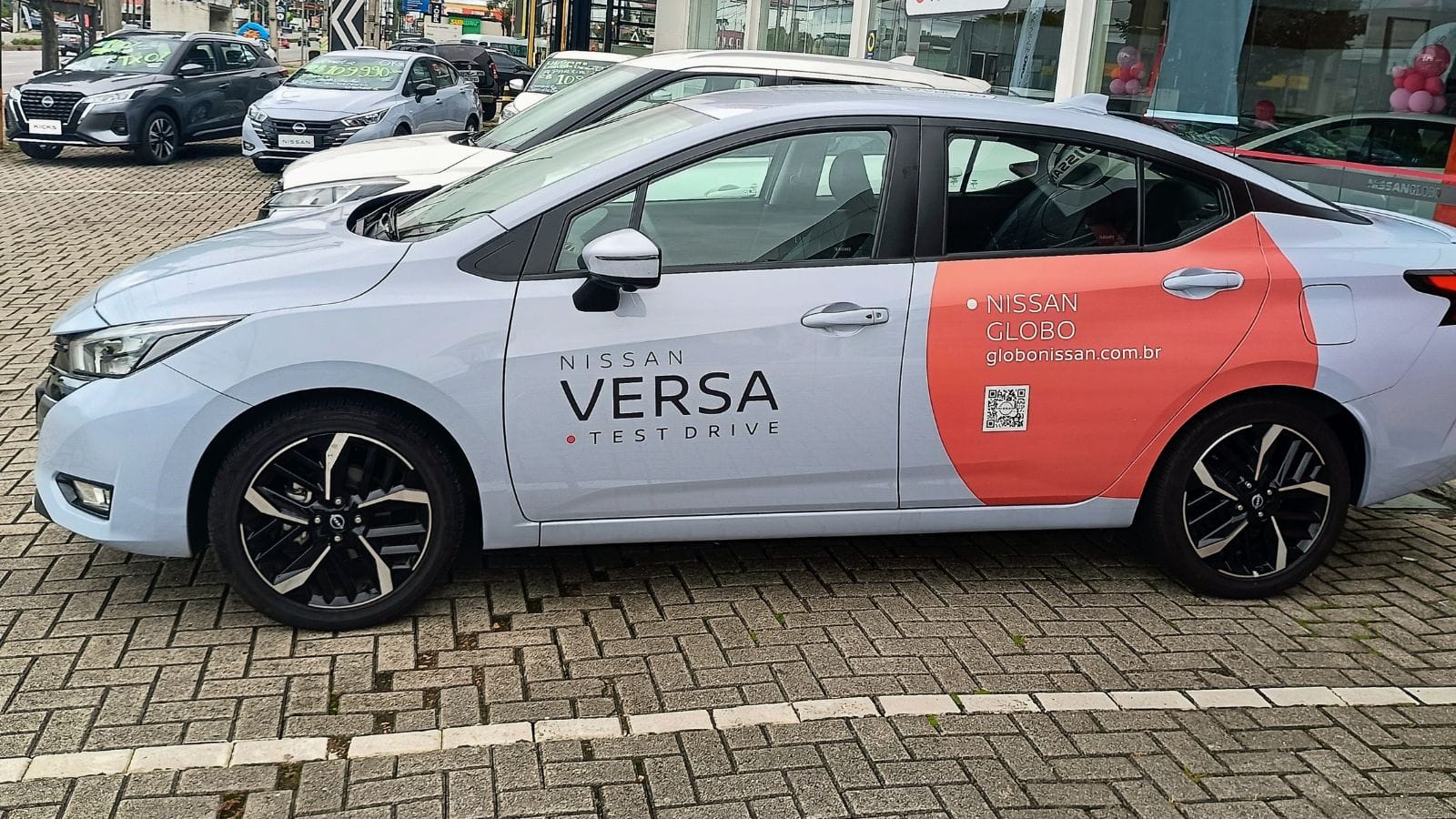
While the Versa Note hatchback gained some fans, the sedan version often left Canadians regretting their decision. With an interior that redefined “basic,” uncomfortable seats, and lackluster driving dynamics, it was proof that not every budget car is a good deal. Resale value, however? Practically non-existent—Versas depreciate faster than an ice cream cone in July. Worse, Transport Canada recalls plagued various model years for airbag defects and powertrain issues.
Chevrolet Cruze (2011–2019)
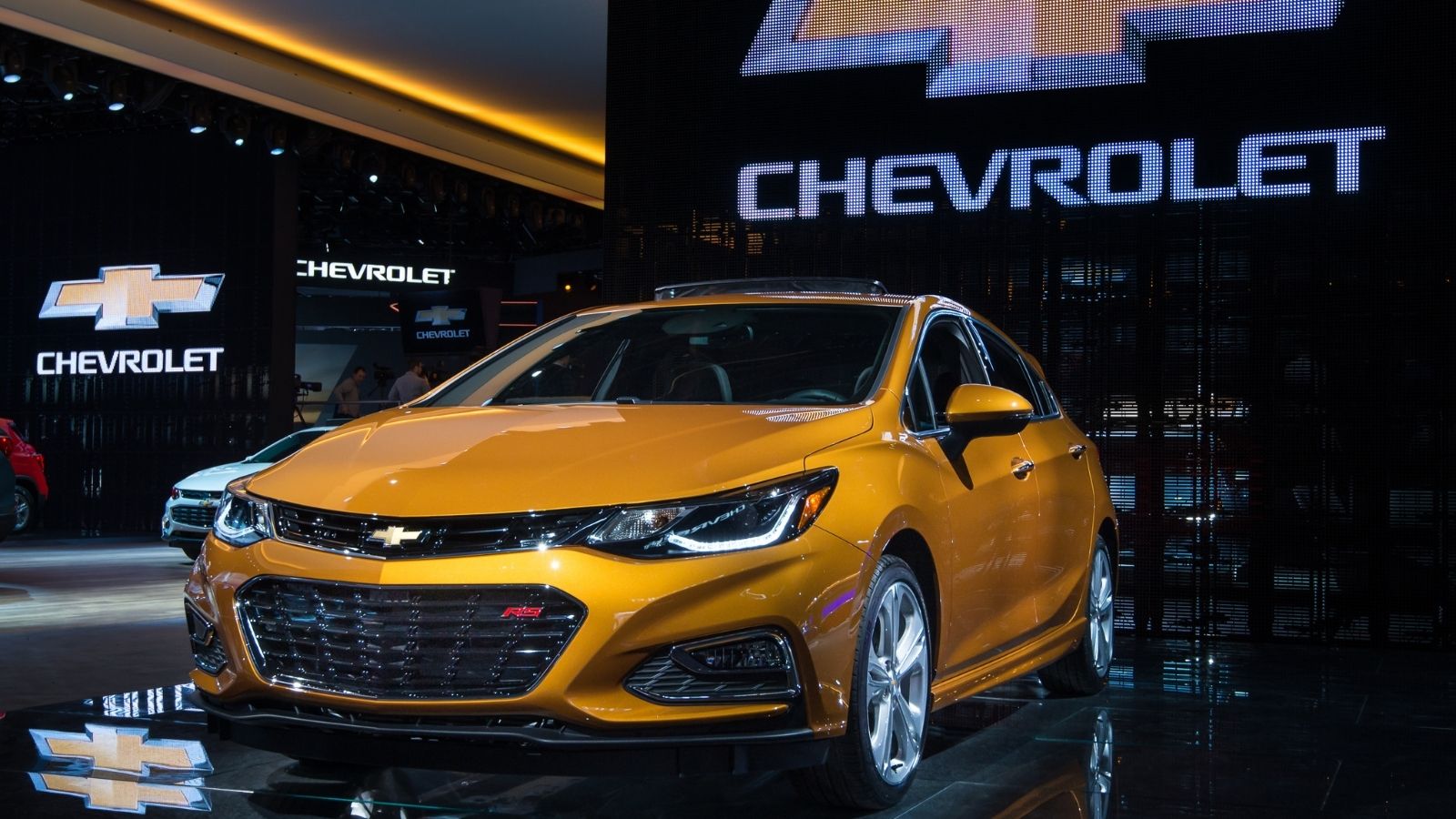
Once hailed as GM’s compact savior, the Chevrolet Cruze quickly wore out its welcome in Canada. Buyers were initially drawn to its affordable pricing, decent fuel economy (up to 5.9 L/100 km highway), and mature styling. However, as time passed, so did the problems—literally. Recurring issues with the 1.4L turbocharged engine, including coolant leaks, cracked pistons, and faulty PCV valves, led to costly repairs even under moderate mileage. It didn’t help that resale values were about as buoyant as a cement canoe.
Ford Fiesta (2011–2019)
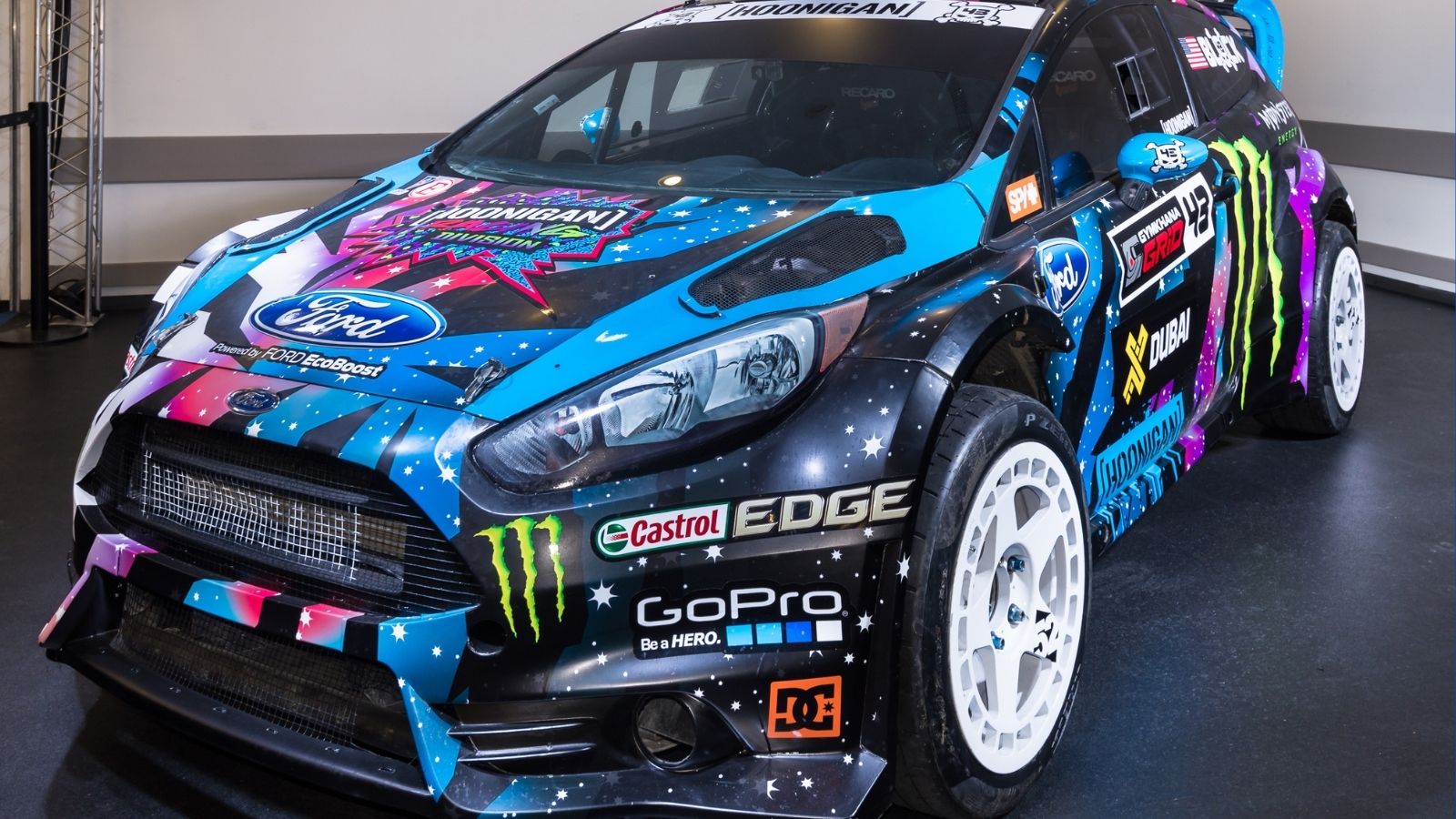
Fun to drive? Sometimes. Fun to maintain? Never. The Fiesta’s Powershift transmission led to widespread class-action lawsuits, expensive repairs, and more than a few Canadian tantrums. Owners reported severe shuddering, jerking, and even complete transmission failure, sometimes as early as 50,000 km. Despite Ford’s extended warranties and software updates, the problems persisted, sparking class-action lawsuits in both the U.S. and Canada. Not so festive after all.
Jeep Compass (2011–2017)
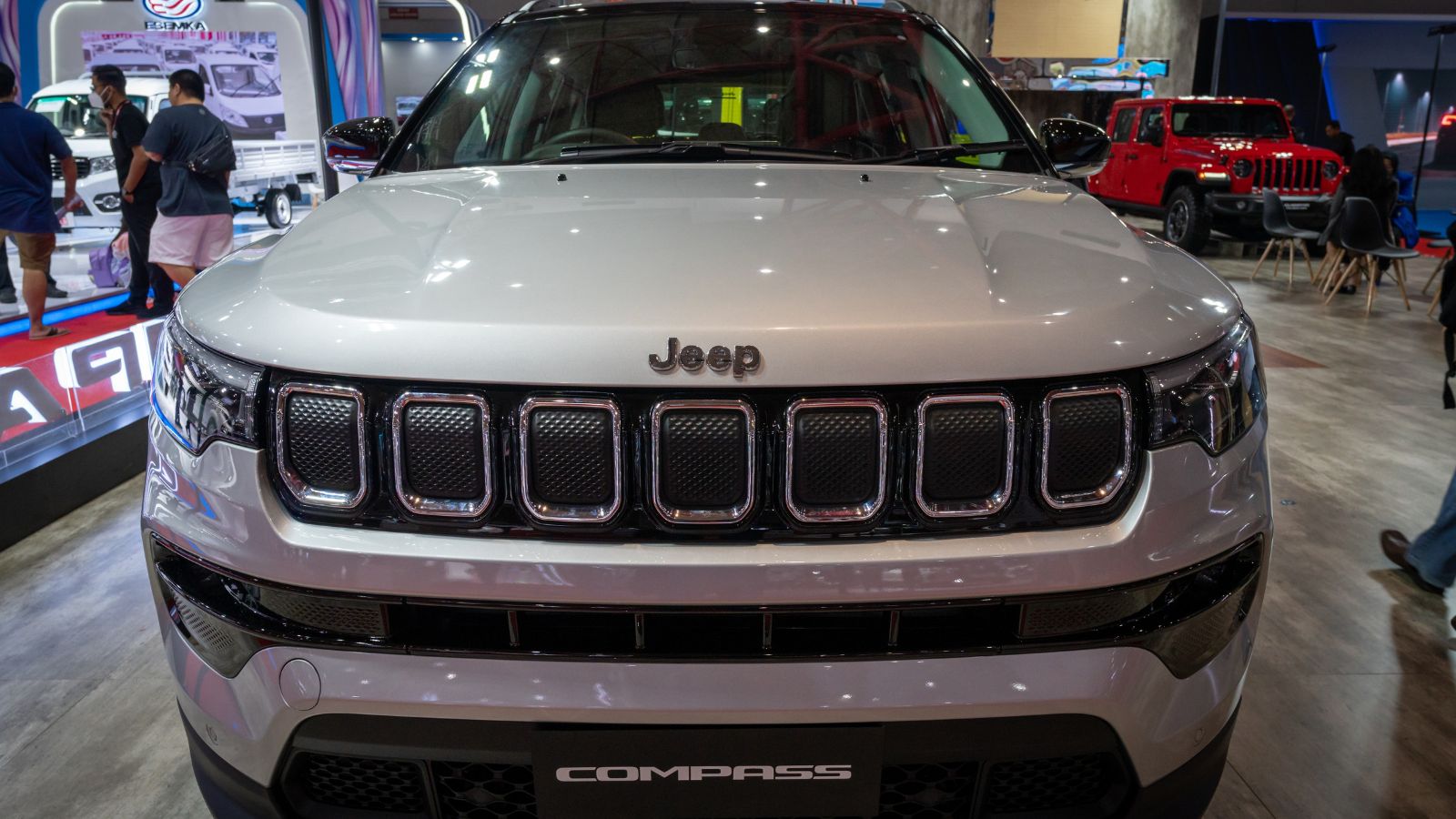
It is an SUV in name but often performs like a sedan. The first-gen Compass was underpowered, had a plastic-laden interior, and carried the off-road credibility of a tricycle. Reliability was mediocre at best, with frequent issues reported in suspension components and electrical systems. The Automobile Protection Association flagged it for subpar safety scores and a bumpy ride. Fuel economy was also disappointing for its class, averaging just 9.5 L/100 km in the city.
Smart ForTwo (2005–2019)
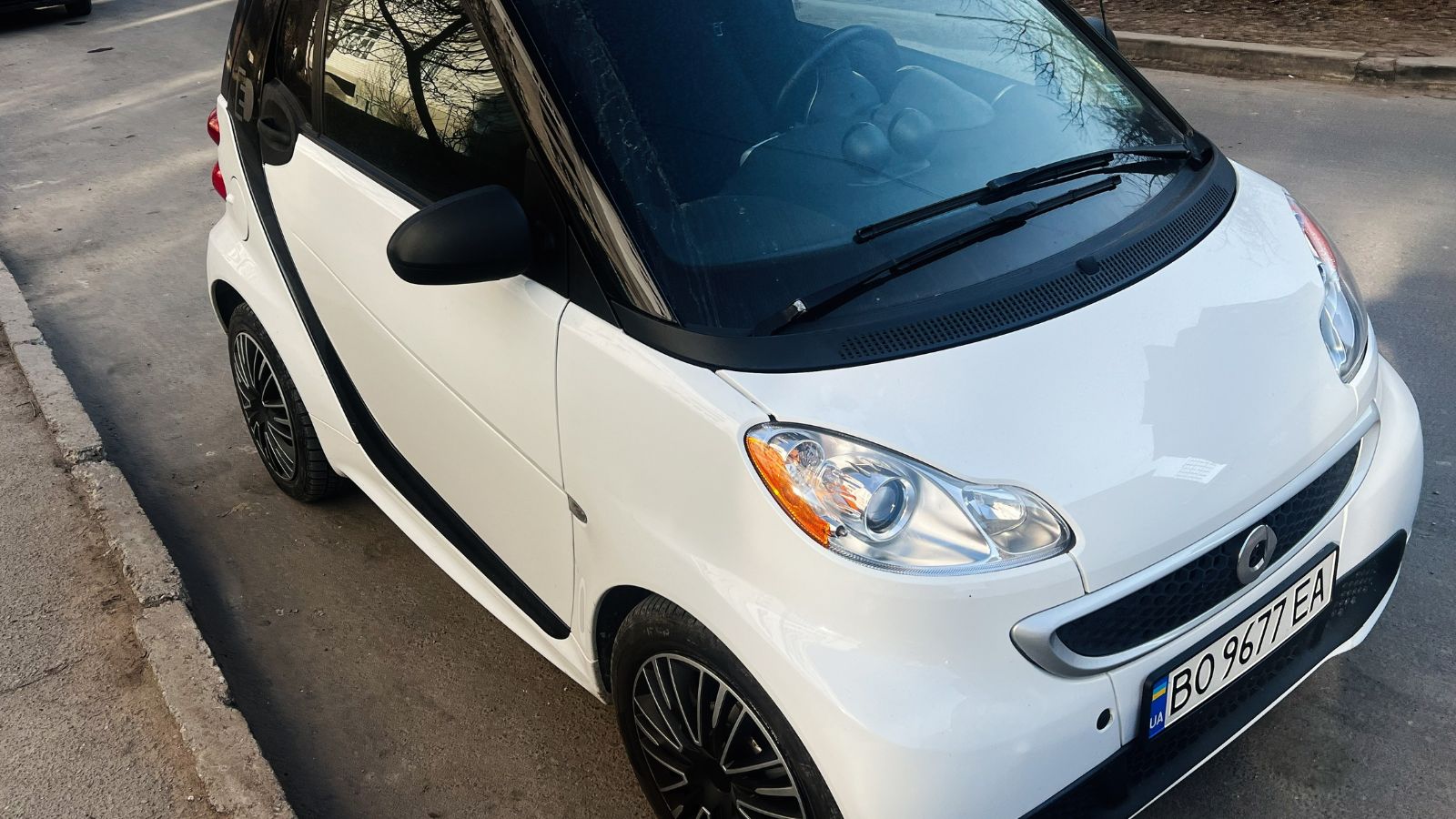
Urban-friendly, sure. Winter-friendly? Not even a little. Its 1.0L three-cylinder engine delivered a sluggish 70 hp, and its jerky automated manual transmission was widely criticized. Fuel economy wasn’t even that impressive for its size, averaging around 6.0–6.5 L/100 km—barely better than larger, more versatile compacts like the Honda Fit. Additionally, the lack of cargo space, limited seating (just two seats!), and poor winter drivability made it a tough sell in Canada’s diverse climate. Its short wheelbase and twitchy handling made it a regret wrapped in a novelty shell. By 2019, Mercedes-Benz pulled the plug on the brand in North America altogether.
Dodge Caliber (2007–2012)
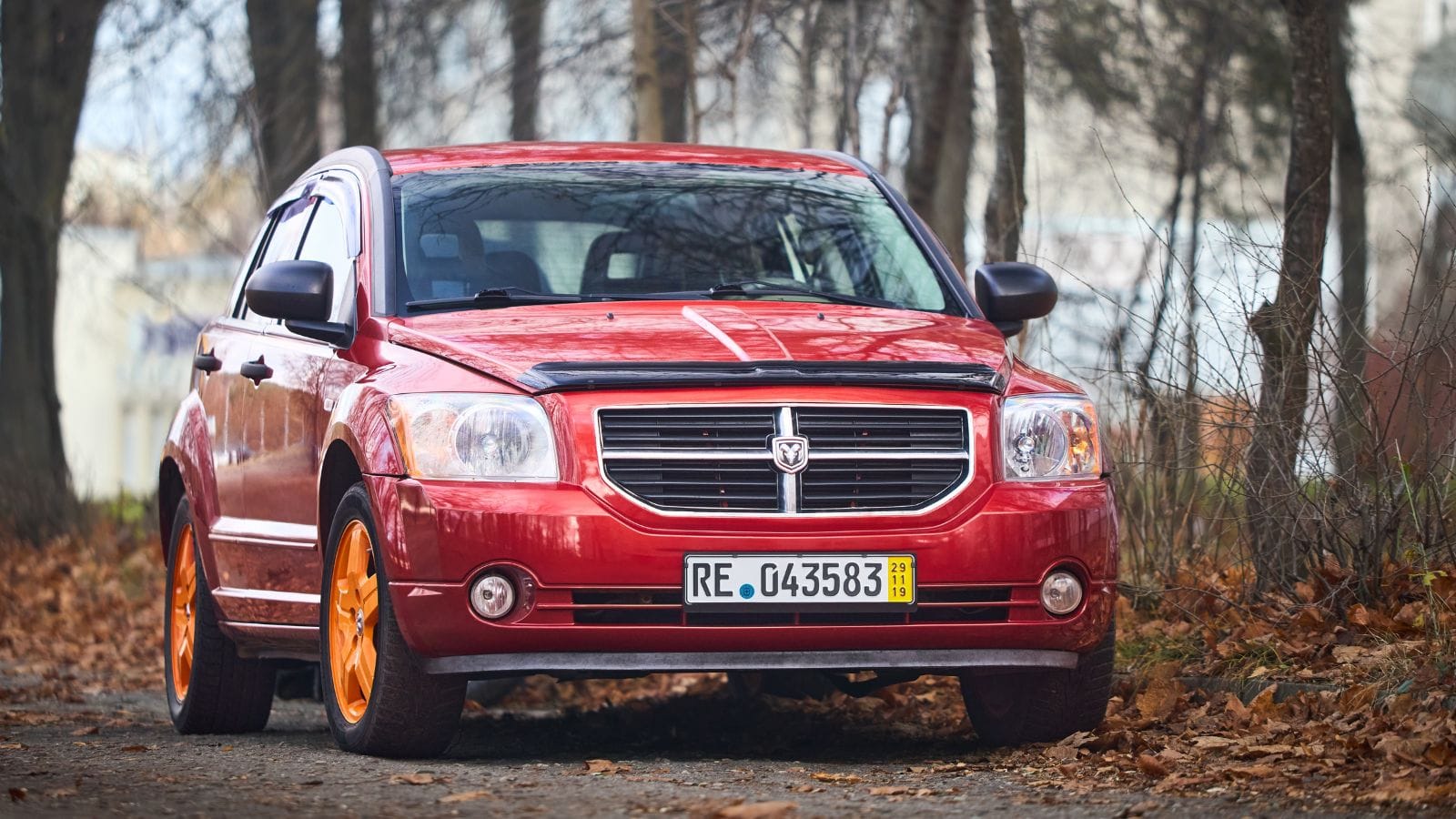
Marketed as a compact crossover before the term became trendy, the Caliber was heavy, noisy, and plasticky inside. The interior quality was abysmal, featuring cheap plastics that scratched easily if you looked at them the wrong way. Reliability? It’s spotty at best. Consumer Reports routinely panned the Caliber for its poor build quality and lack of refinement. The European aspirations from Dodge didn’t land well in icy Canadian reality, especially when rivals like the Mazda3 or Honda Civic were leagues ahead. For many Canadians, the Caliber wasn’t just a car; it was a 4-wheeled lesson in why “rugged looks” shouldn’t overshadow basic quality.
Pontiac G5 (2005–2010)
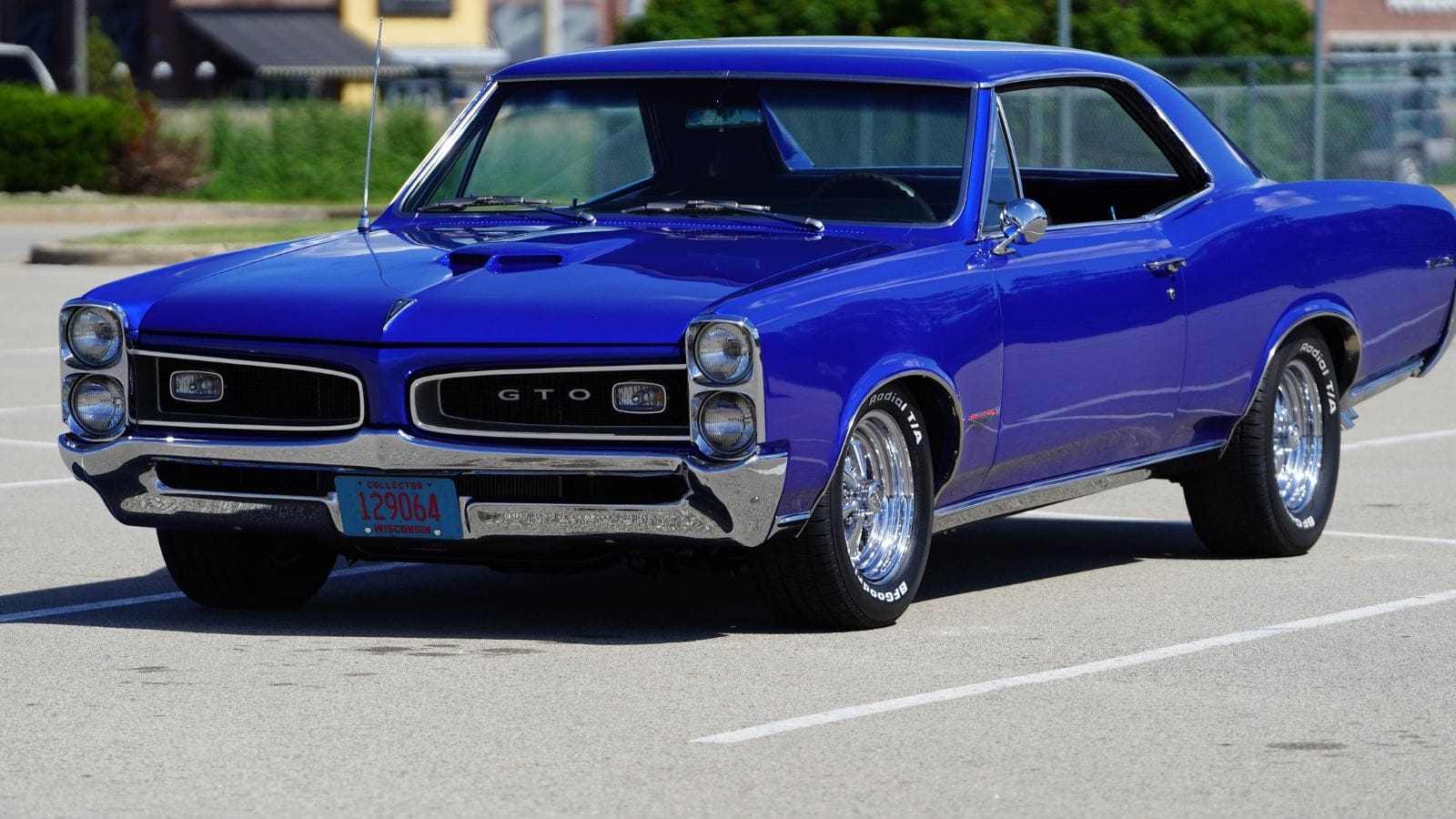
The Pontiac G5 was GM’s attempt to badge-engineer its way into compact car loyalty—essentially a rebadged Chevrolet Cobalt with minimal flair and maximum mediocrity. Sold in Canada in 2005 (as the Pursuit, then rebranded as the G5 in 2007), it struggled to stand out in a market already teeming with better options, such as the Honda Civic and Toyota Corolla. Owners often cited a lackluster interior, outdated tech, and a cabin prone to rattles and squeaks. Mechanical issues weren’t rare either—ignition switch problems and premature suspension wear were common headaches.
Nissan Juke (2011–2017)
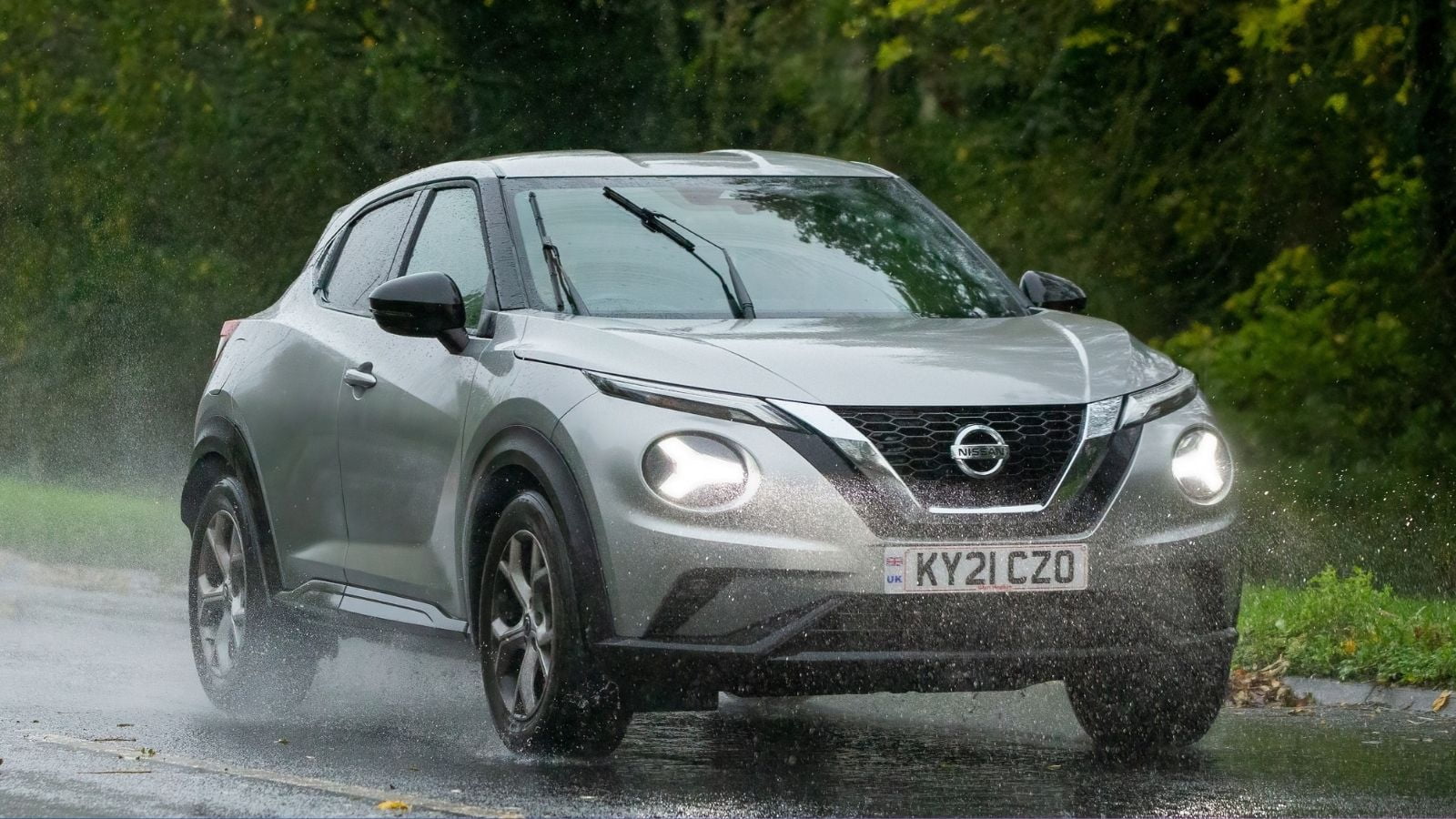
Quirky looks worked for some, but not for most. While turbocharged fun was available in certain trims, the polarizing design, cramped rear seats, and poor visibility left many Canadians regretting their choice faster than you can say, “Is that a frog on wheels?” Worse, the CVT transmission became a notorious pain point, plagued with reliability issues, expensive repairs, and class-action lawsuits in both the U.S. and Canada. Today, many Canadians who once embraced the Juke’s eccentric charm are desperately trying to forget it ever took up space in their driveway—or their lives.
Hyundai Accent (2000–2017)
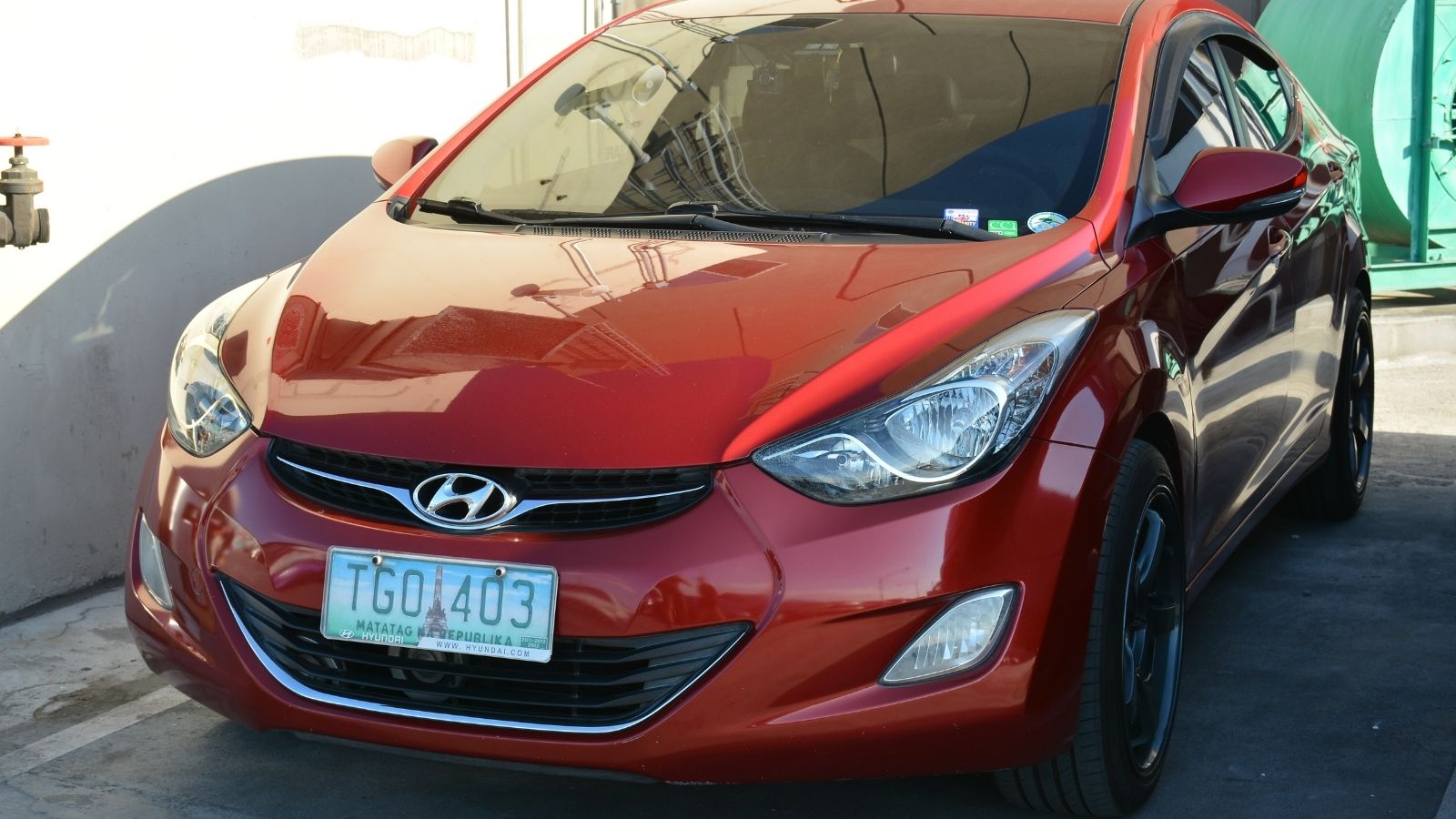
Early model Accents were synonymous with affordable commuting but often too affordable. And let’s not talk about the transmission—if you made it past 150,000 km without a gear-grinding breakdown, you were part of a lucky few. Safety? The early 2000s models scored poorly in crash tests by IIHS and NHTSA, turning “compact” into “crumple zone.” By the 2010s, Hyundai had improved, but the Accent was still mostly rental-car material. Many Canadians traded it as soon as they could afford something else.
Saturn Ion (2003–2007)
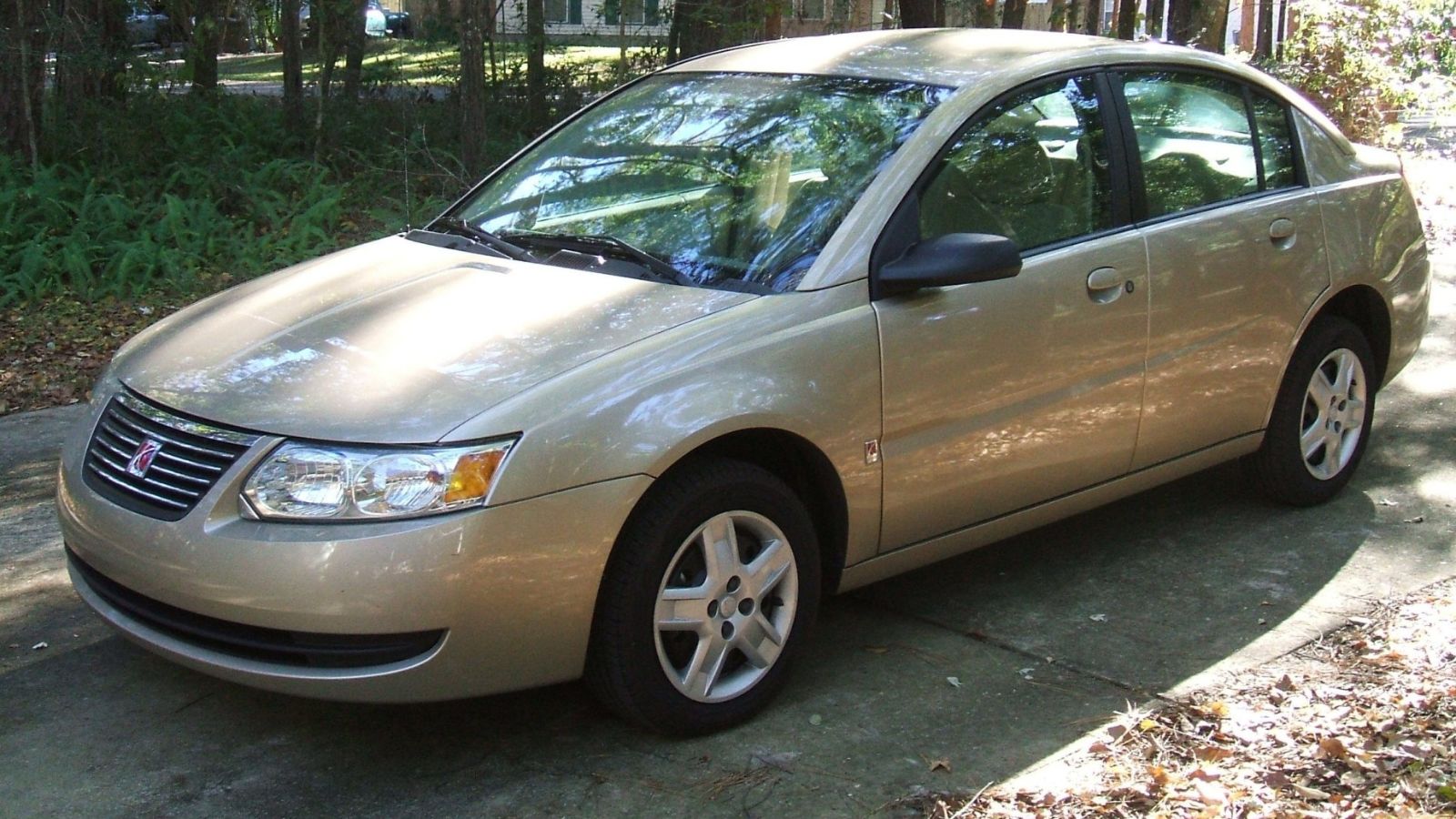
With a cheap interior, poor handling, and a clunky center-mounted instrument panel, the Ion was one of the last nails in Saturn’s coffin. Despite a space-age look, the Ion was plagued with issues: ignition switch failures (hello, recall!), clunky CVTs, and door panels that rattled like a cold moose in Manitoba. Winter reliability? Only if you enjoy surprise no-starts and frostbitten toes. It sold decently at first, but its resale value dropped faster than temperatures in Nunavut. GM retired Saturn in 2010.
Hummer H2 (2003–2009)
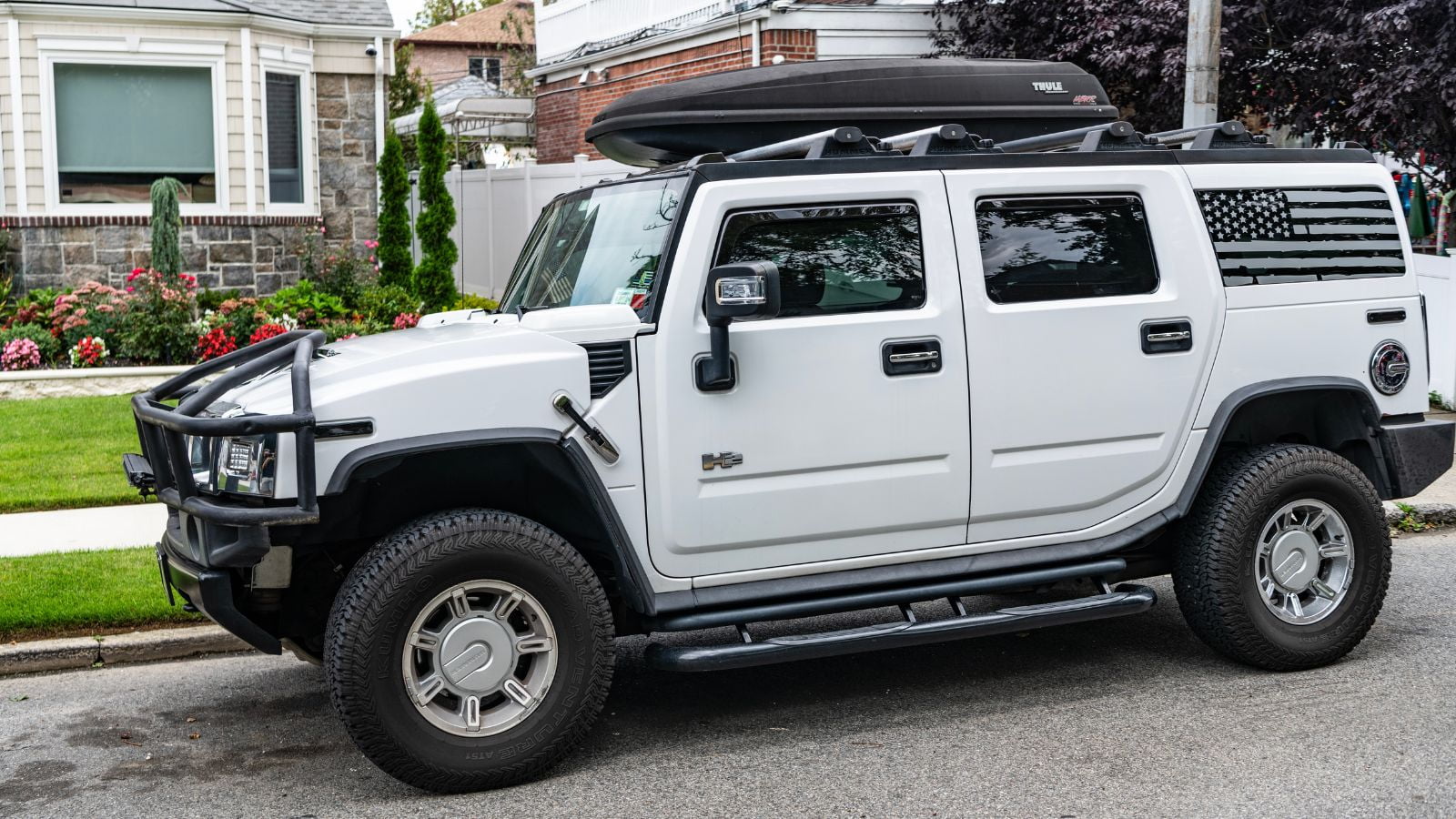
Ah yes, the Hummer H2 (2003–2009) — Canada’s four-wheeled monument to buyer’s remorse. At launch, it promised military muscle with luxury swagger. What Canadians got instead was a gas-guzzling ego machine that handled like a school bus on roller skates. Fuel economy? Try 25–30 L/100 km in the city — that’s not driving, that’s donating to Big Oil. And while it looked like it could climb Everest, it mostly climbed curbs at suburban malls. Reliability? Let’s say the H2 kept mechanics gainfully employed thanks to chronic electrical gremlins and air suspension failures.
Suzuki XL7 (2001–2009)
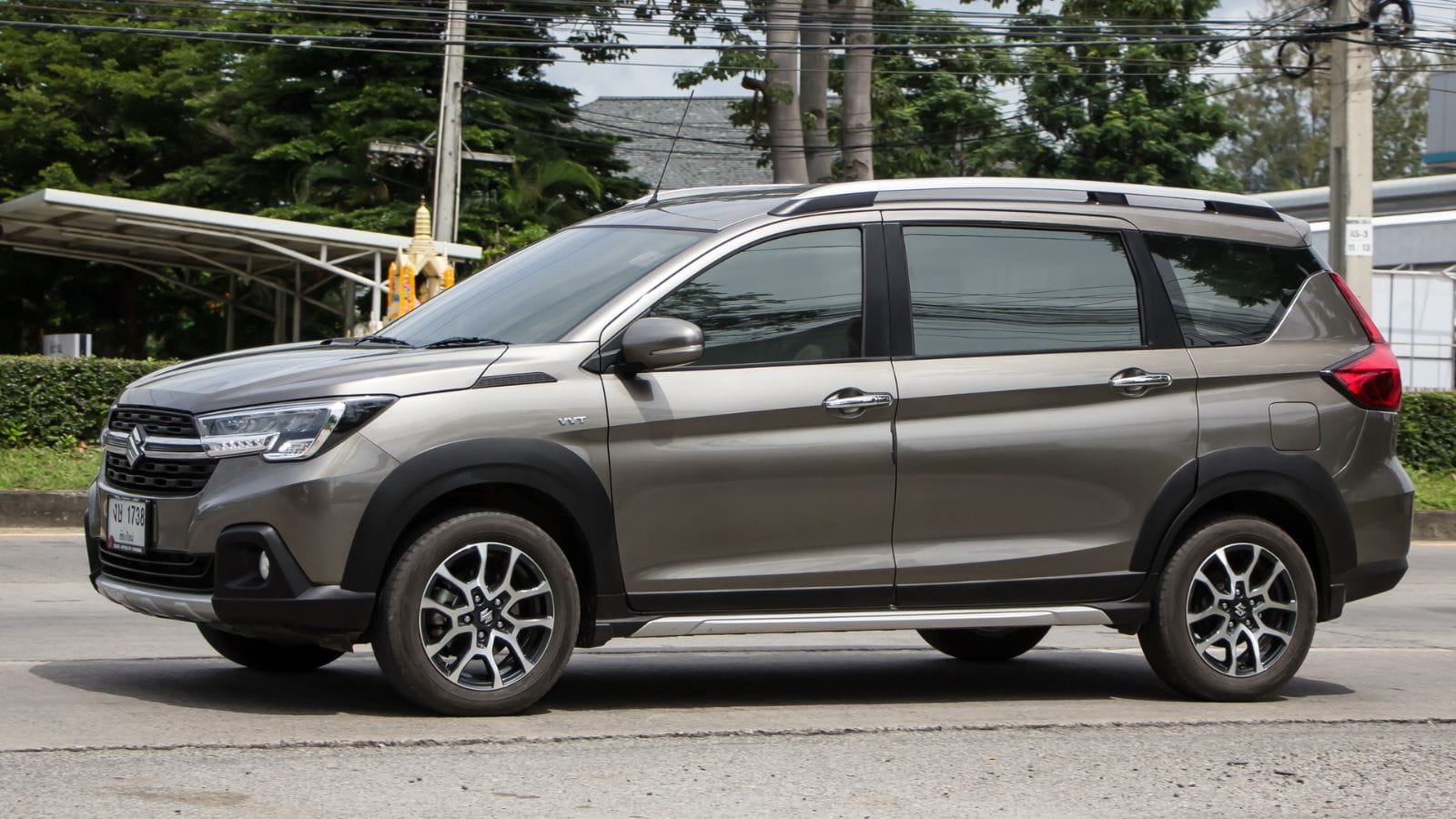
The Suzuki XL7 (2001–2009) was supposed to be Suzuki’s ticket to mid-size SUV stardom. Still, for many Canadians, it ultimately became more like a polite regret. They avoid making eye contact within the driveway. Marketed as a budget-friendly 7-seater, the XL7 looked decent on paper—until you drove it. Early models rode on a truck-like chassis with the agility of a snowplow, while the second-gen (co-developed with GM) came with questionable build quality and a 3.6L V6 engine that was prone to breaking timing chains. Parts? Scarce. Resale value? Practically fictional.
Ford EcoSport (2018–2022)
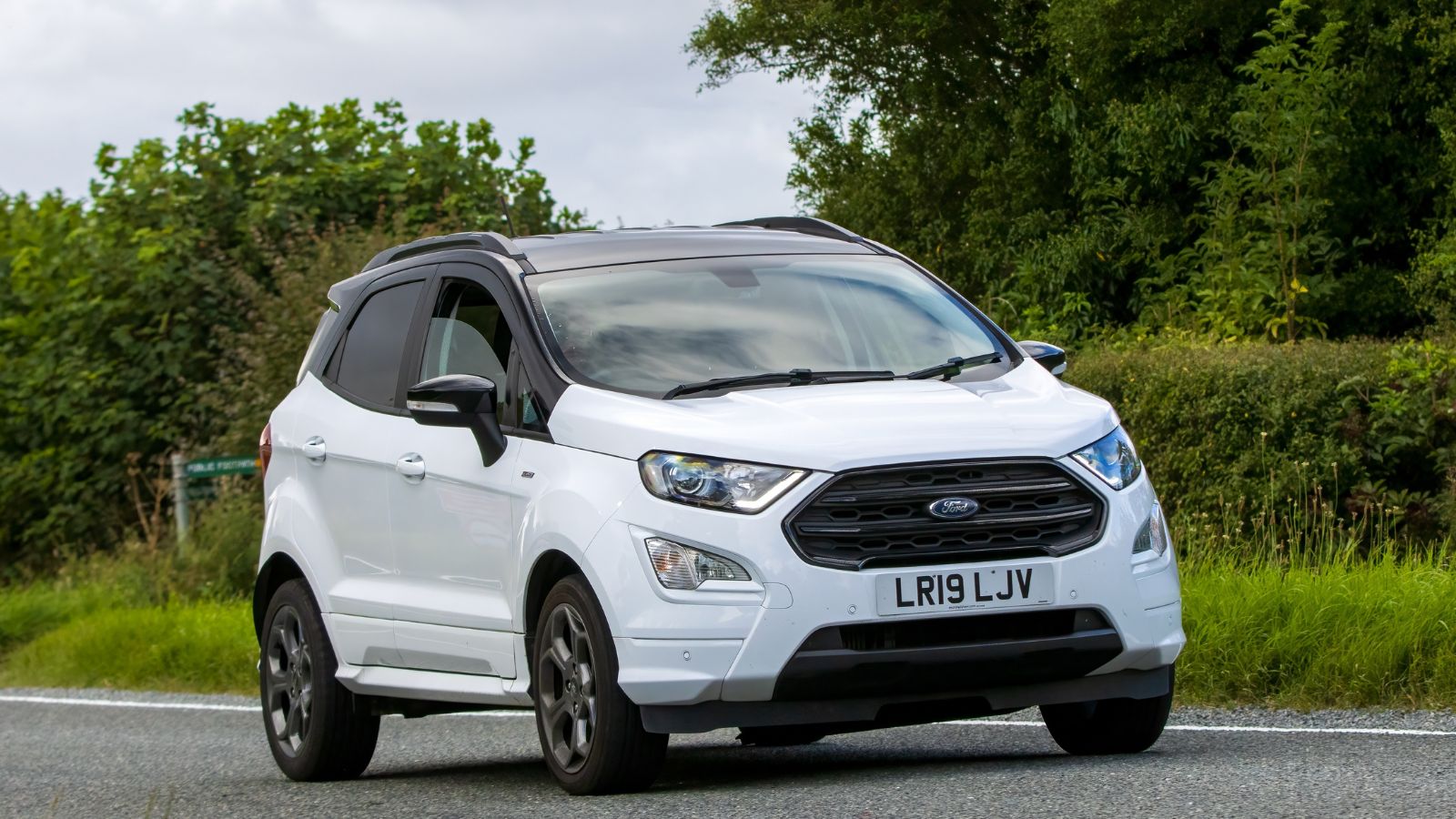
Despite its name, the EcoSport offered neither eco nor sport. Its awkward rear swing-gate (instead of a regular liftgate) caused parking lot rage, and the cargo space was barely enough for a weekend hockey bag, let alone a Costco haul. Reliability issues didn’t help—owners reported transmission jerks, electrical gremlins, and infotainment hiccups that would reboot mid-drive like Windows 98. By 2022, Ford yanked it from the Canadian lineup entirely, leaving behind a trail of regret and underwhelmed owners.
Chevrolet Spark (2013–2022)
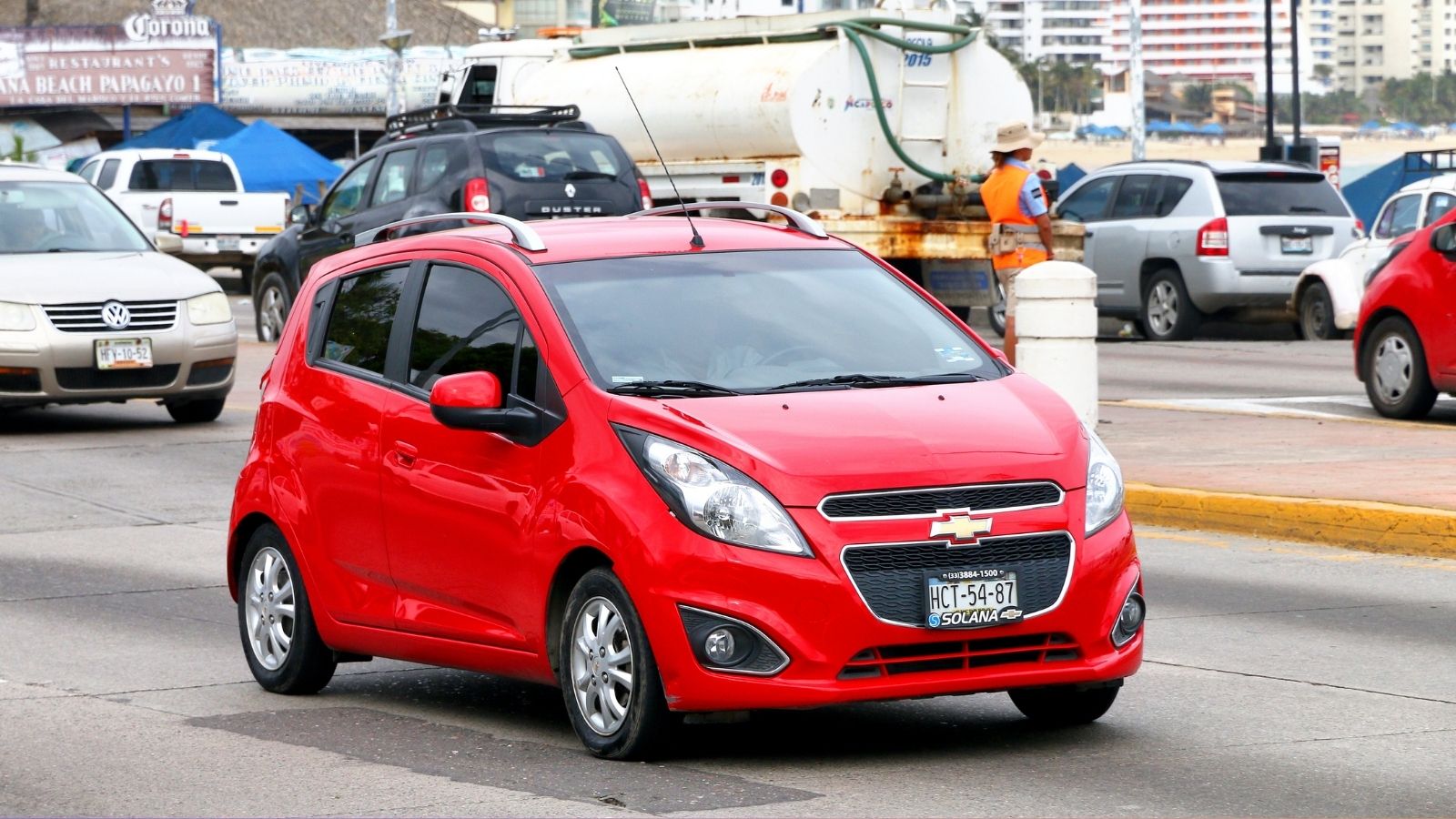
If regret had four wheels and a bowtie badge, it’d be the Chevrolet Spark (2013–2022). Canadians flocked to it, thinking “cheap and cheerful,” but many now focus only on the cheap part. Sure, its pint-sized price tag was tempting, and it sipped gas like a bird on a diet (around 6.2 L/100 km combined). But drive it past 80 km/h, and you’re piloting a hairdryer in a hurricane. Crash safety? Let’s say it was better at dodging potholes than impacts (IIHS gave mixed marks, especially in side crashes). And, with its noisy cabin, cramped rear seats, and resale value that drops faster than a Timbit at a hockey game, many owners wish they’d just taken the bus.
Kia Rio (2001–2017)
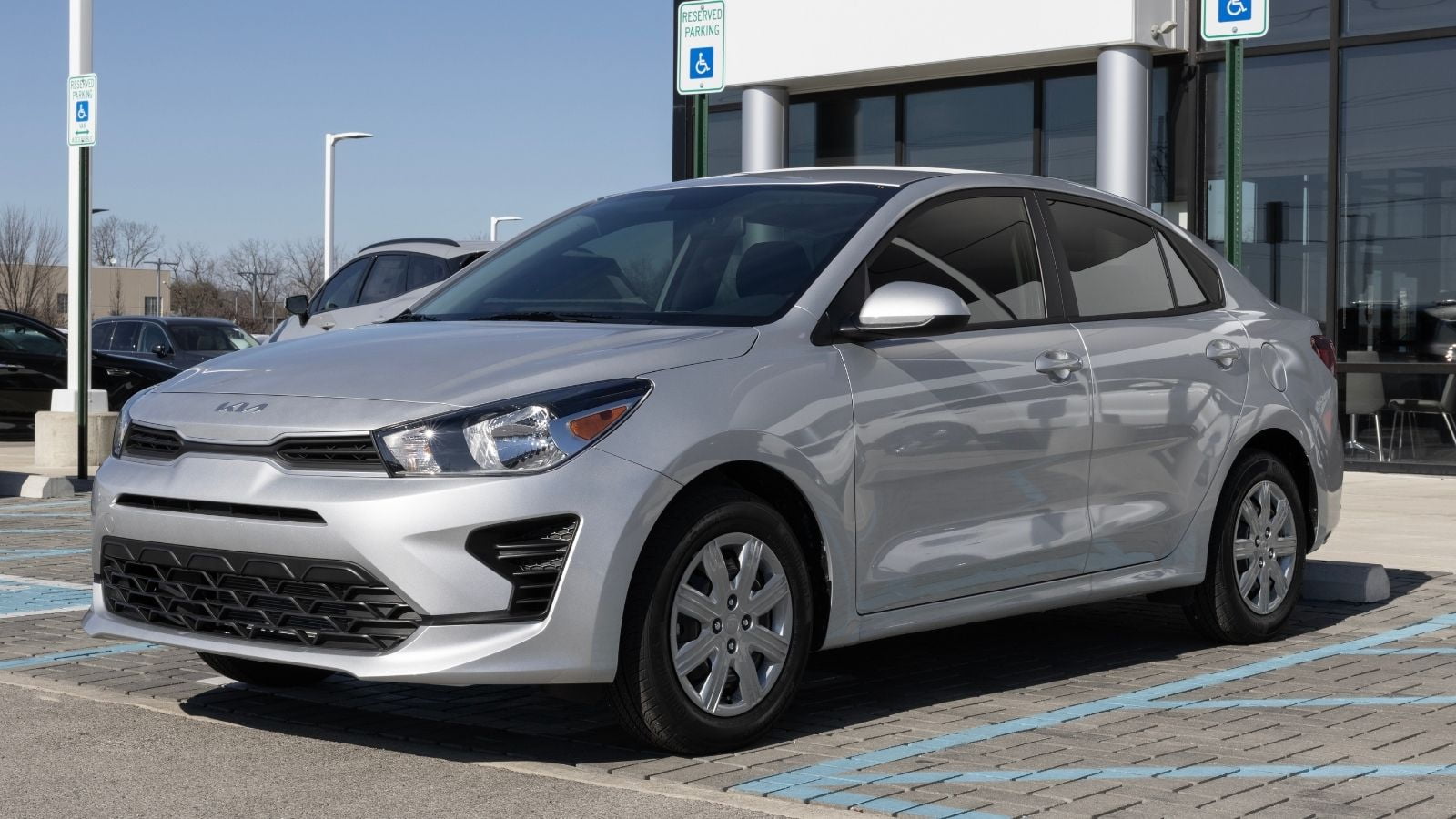
Affordable, sure—but early Rios were plagued by reliability issues, noisy cabins, and low safety ratings. Many owners stuck with it because it was their first car. Most now see it as their biggest mistake. Plus, Rust loved it like syrup loves pancakes, especially in salty Canadian winters. Even Consumer Reports and JD Power gave it consistently low to middling reliability and owner satisfaction scores. Today, the Rio lives on as a cautionary tale: just because it’s cheap, doesn’t mean it’s cheerful.
Dodge Neon (1995–2005)
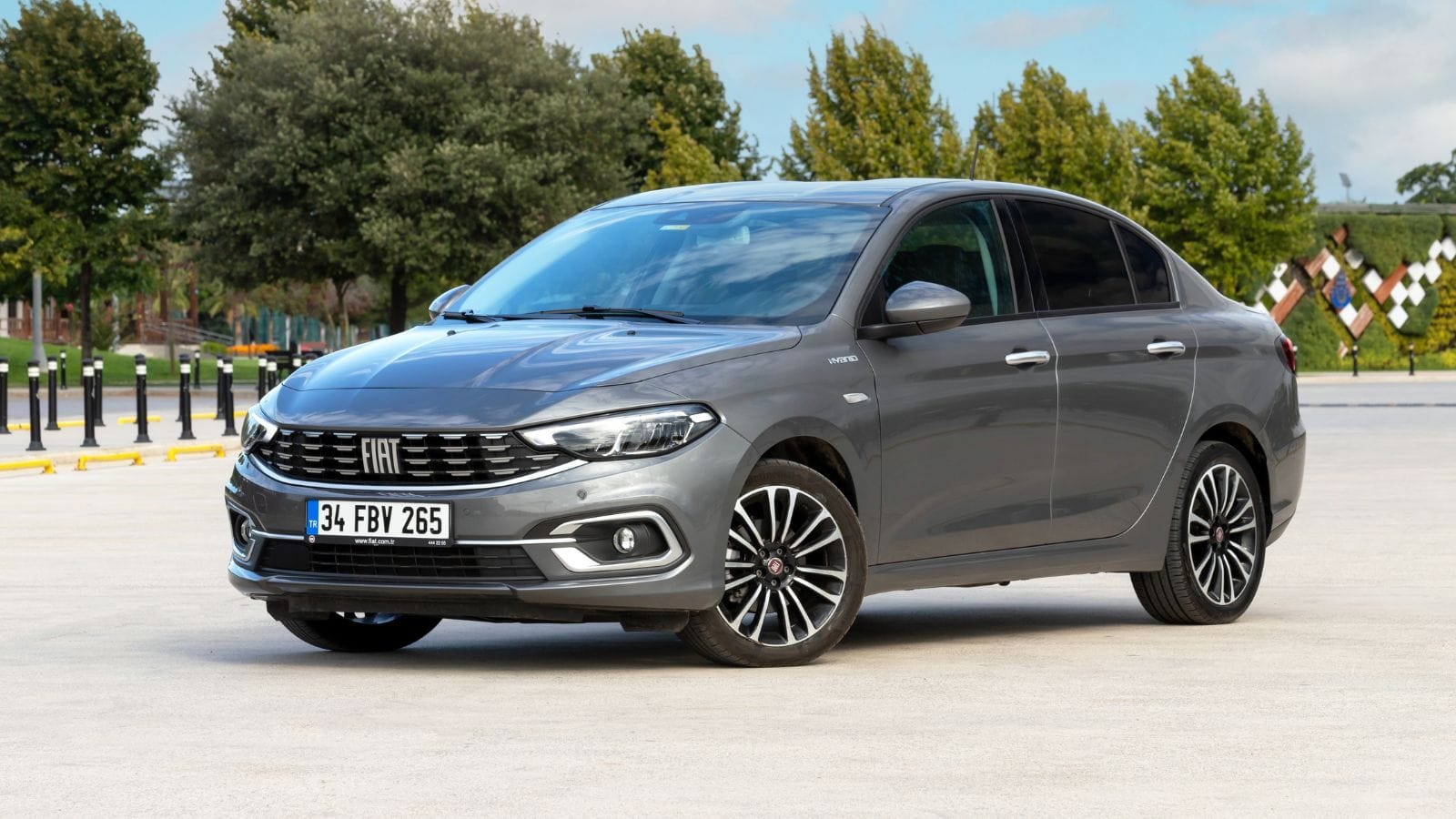
“Hi.” That was the Neon’s ad campaign. Marketed as a spunky little compact, it lured Canadian buyers with its cute price tag and zippy looks. But once winter hit, the Neon transformed into a creaky tin can with a heater that wheezed like a smoker. Early models had head gaskets made of hope and dreams — both of which failed around 100,000 km. Rust? It didn’t just develop — it bloomed like a botanical garden. Transmission issues and paper-thin build quality made many owners feel like they were driving a soda can with wheels. And don’t even mention the crash test scores.
Mazda CX-7 (2007–2012)
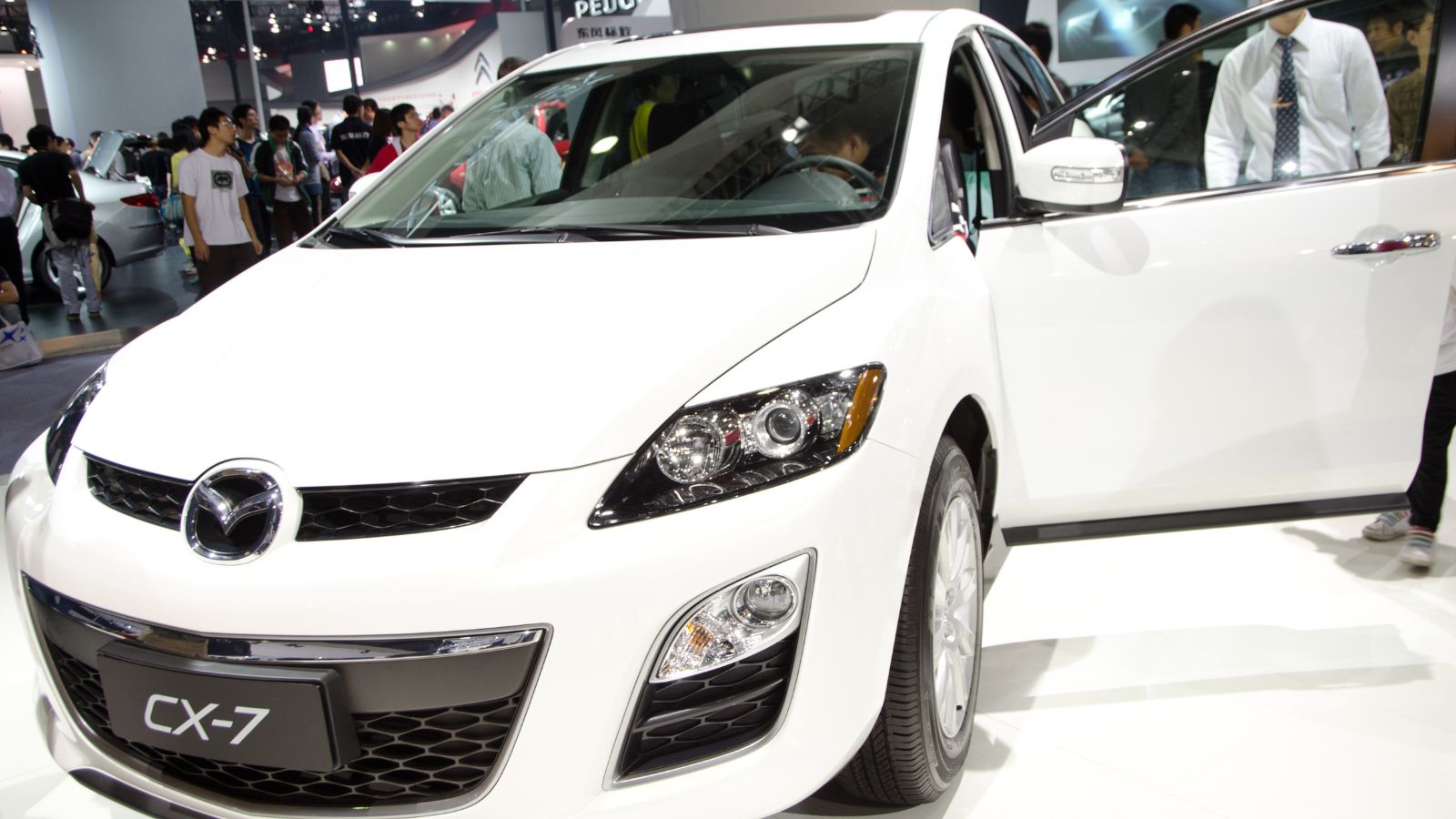
Ah, the Mazda CX-7 (2007–2012) — Canada’s automotive equivalent of a one-season TV show that somehow still reruns in your nightmares. On paper, it looked promising: sporty styling, a zippy turbocharged engine, and that sweet Mazda ‘zoom-zoom’ spirit. But real-life ownership felt more like “doom-doom.” The 2.3L turbo engine consumed premium gas like it was maple syrup and had a penchant for timing chain issues and turbo failures. Many Canadians reported premature engine wear due to oil sludge buildup — a mechanic’s jackpot but a driver’s wallet-ache. Reliability ratings from Consumer Reports and JD Power tanked over the years.
22 Times Canadian Ingenuity Left the U.S. in the Dust

When people think of innovation, they often picture Silicon Valley. However, Canada has a history of innovation, too. Whether it’s redefining sports, revolutionizing medicine, or just showing America up at its own game, Canadian inventors, thinkers, and dreamers have had their fair share of mic-drop moments. Here are 22 times Canadian ingenuity left the U.S. in the dust.
22 Times Canadian Ingenuity Left the U.S. in the Dust
